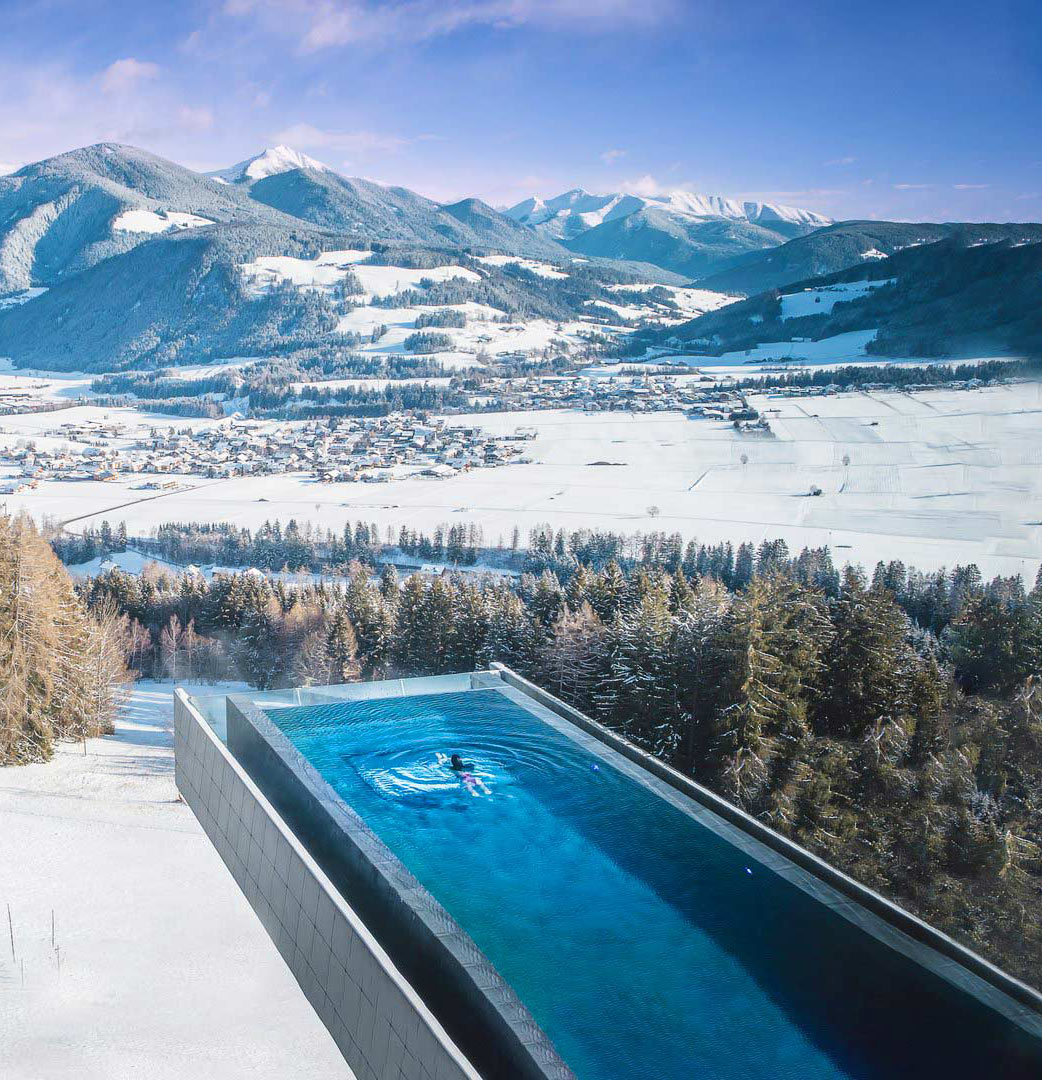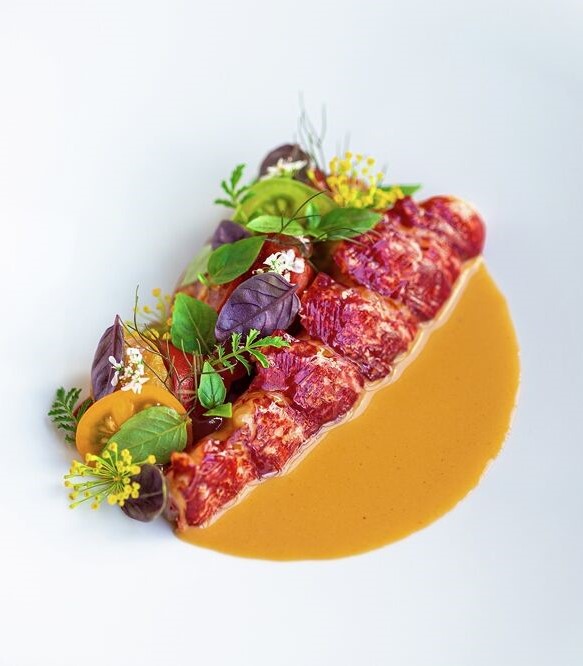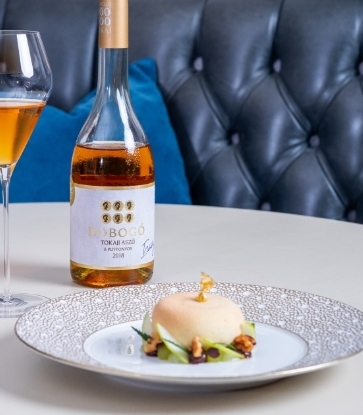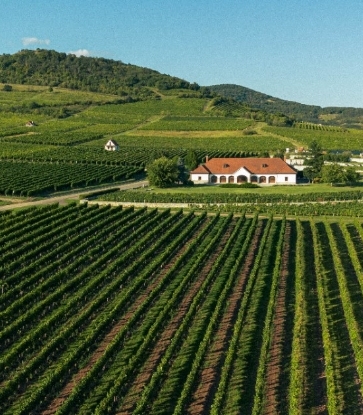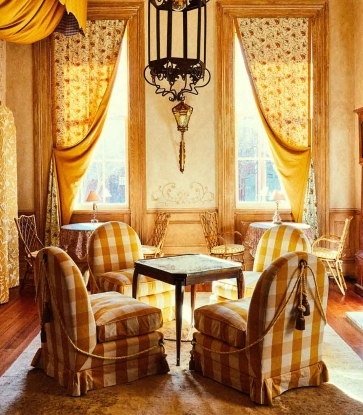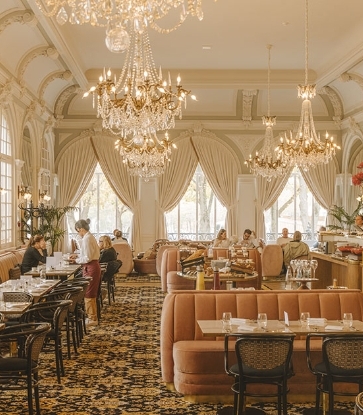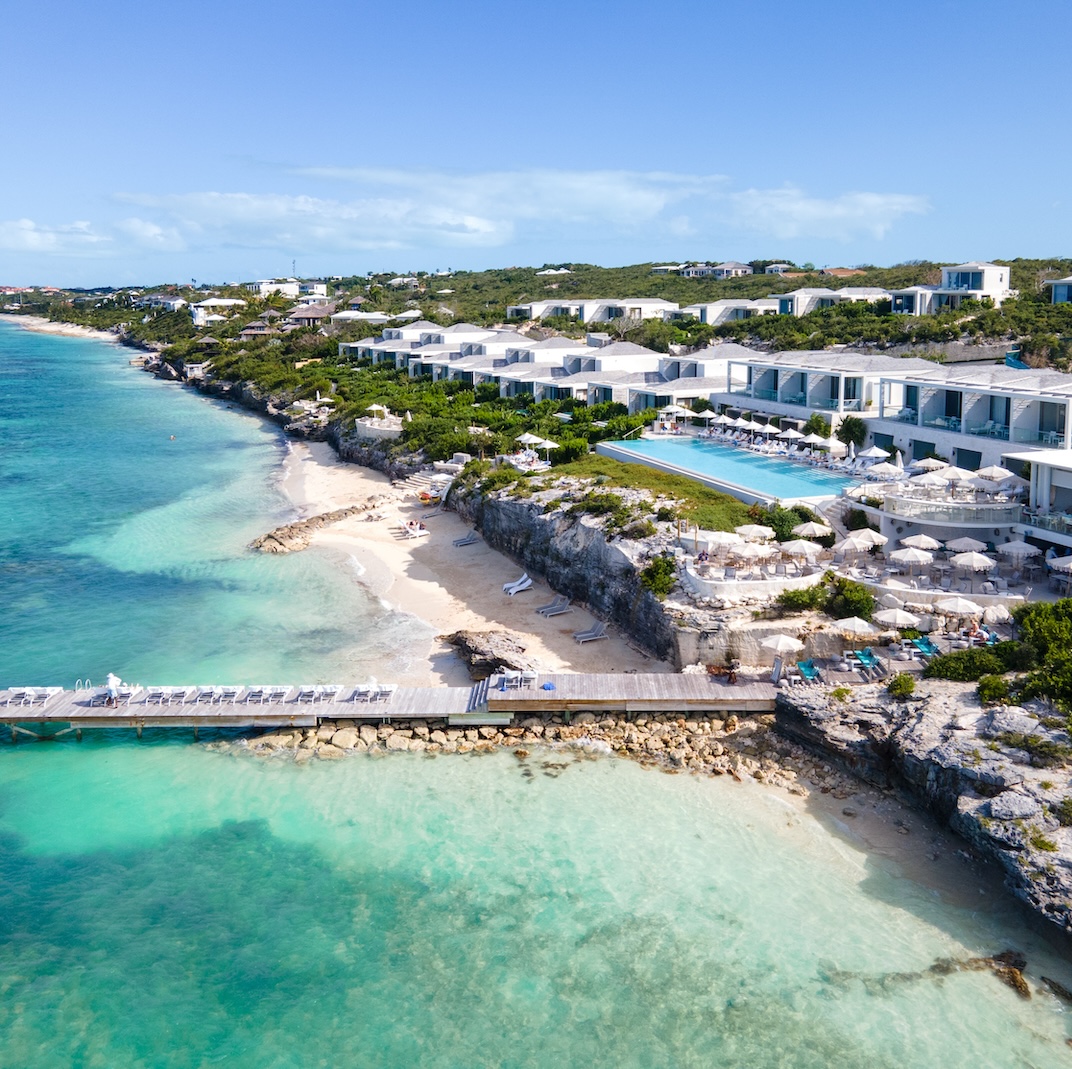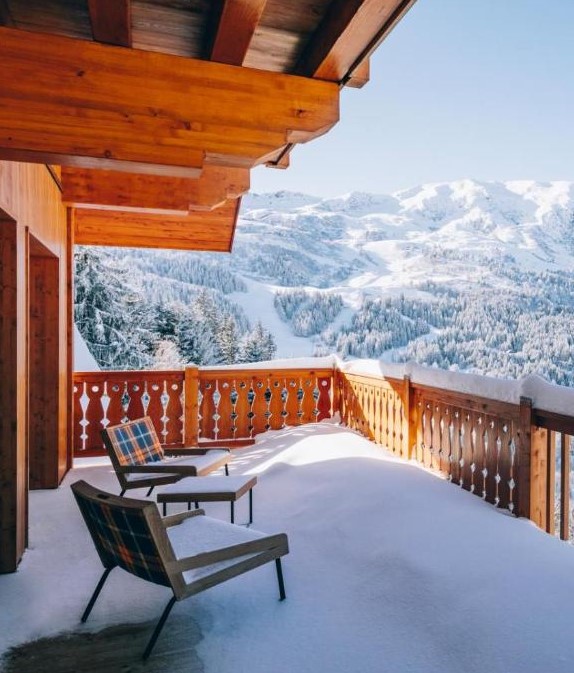In Rome, the most luxurious spas trace their origins to salus per aquam—the ancient Roman philosophy of healing through water. With their thermal pools, saunas, and indulgent treatment menus, these modern sanctuaries mirror the spirit of Ancient Rome’s grand baths, where water was revered for its restorative powers.
From the Roman Republic to the height of the Empire, thermal baths were a cornerstone of daily life. A typical visit followed a ritual of gradual immersion: starting in the frigidarium (cold room), progressing to the tepidarium (warm room), and culminating in the calidarium (hot room). The experience often concluded in the laconicum, a dry, intense-heat sauna designed for deep relaxation.
In modern day Rome, hotels like Six Senses Rome offer an authentic Roman bath experience—plus all of the modern amenities you'd expect from a luxury stay. Here are our favorite hotels with spas in the Eternal City.

1. Bulgari Hotel Spa
Piazza Augusto Imperatore 10With its marble columns and stained-glass windows, the spa at the Bulgari Hotel (Three MICHELIN Keys) captures the essence of Ancient Roman baths. Spanning 1,500 square meters, the sprawling spa is an oasis of calm devoted to balancing the body, mind, and spirit. It features eight rooms, signature Augustinus Bader treatments, and a luxurious Spa Suite with a green onyx pool. The 20-meter indoor pool, decorated with mosaics inspired by the Baths of Caracalla, add a touch of splendor to the ambience.

2. Six Senses Rome Spa
Piazza San Marcello
The spa of Six Senses Rome (One MICHELIN Key) is a luxe retreat from the frenetic city streets, offering a sensory journey through the classic Roman spa circuit. Treatments range from personalized facials and signature body massages to innovative therapies such as biohacking, sound therapy, and breathwork, drawing on state-of-the-art techniques to guide guests to wellness. Facilities include Roman baths, saunas, hammams, a biohacking room, a beauty area, and a yoga and meditation studio.
A guest favorite, the "Cocoon" treatment combines a foot soak, body exfoliation, and warm candle massage, culminating in a body wrap and a mini-facial ritual. This experience incorporates natural products such as argan oil and shea butter to stimulate cell regeneration and promote a lasting sense of wellbeing.
Also on this topic: Journey in Time: the Roman Baths of Six Senses Rome

3. Hotel de Russie, a Rocco Forte Hotel
Via del Babuino 9
Surrounded by the lush secret garden of the Rocco Forte Hotel de Russie (One MICHELIN Key), this exclusive spa focuses on rebalancing physical, emotional, and mental energies. This 600-square-meter wellness center is as popular with international guests as it is with locals, offering a range of services including a hydrotherapy pool, sauna, Turkish bath, and fully equipped gym. The spa, open year-round, is a haven to escape the hectic pace of city life.
The treatment menu offers a range of treatments, like the renowned Beauty Facials Treatment from Swiss Perfection and holistic therapies like shiatsu, reiki, and ayurveda. The spa also uses Irene Forte Skincare products, formulated in Italy with selected ingredients from the Rocco Forte Verdura Resort farm in Sicily.
Best of all: this rejuvenating sanctuary is just a few steps from Piazza del Popolo, in the bustling heart of Rome.

4. Amorvero Spa at Hassler Roma Hotel
Piazza Trinità dei Monti 6
At the top of the Spanish Steps, the Amorvero Spa at Hotel Hassler (One MICHELIN Key) offers a serence escape with a sauna, Turkish baths, a fitness center, and a terrace overlooking the city skyline. The extensive treatment menu includes massages and beauty treatments, including facials with the spa's signature skincare line. For a more personalized experience, tailored wellness packages cater to a range of goals—whether for healing, rejuvenation, or pure relaxation.
Related articles:





